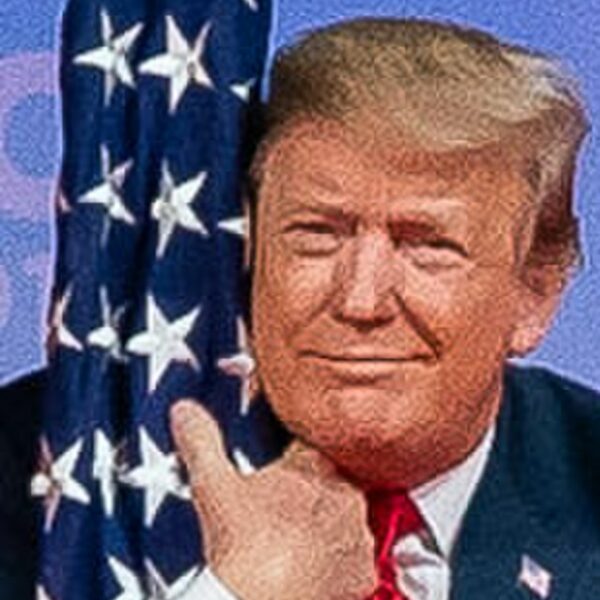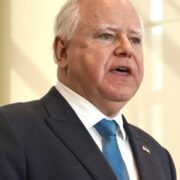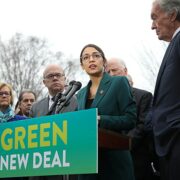
U.S. stock markets surged to historic highs last week, capping off a reports marked by cooling inflation, geopolitical breakthroughs, and renewed investor optimism. The S&P 500 closed at a record 6,173.07, while the Dow Jones Industrial Average and the Nasdaq Composite also posted new all-time highs, buoyed by strong gains in technology, energy, and industrial stocks.
The rally was driven in large part by encouraging inflation data that reinforced hopes for monetary easing in the near term. The core Personal Consumption Expenditures (PCE) index—a metric closely watched by the Federal Reserve—rose just 0.2% in May, pushing the annual rate down to 2.7%. Headline inflation dropped further, settling at 2.3%. Meanwhile, consumer expectations for future price increases tumbled, with one-year projections falling from 6.6% to 5%. The data not only strengthened market sentiment but also aligned with growing speculation that the Federal Reserve could cut interest rates as early as September, a timeline seen as favorable to the Trump administration’s economic strategy.
Trump’s economic successes have led one major European critic to change his tune, wrote The Daily Mail.
Torsten Sløk, a chief economist at Apollo Global Management, posted a new note admitting that his initial reaction to the policy may have been wrong.
‘Maybe the administration has outsmarted all of us,’ he wrote.
In the note, Sløk outlined a potential scenario: the White House could maintain its current tariff rates — 10 percent on most imports, 30 percent on Chinese goods — and give trade partners a year to negotiate with the White House.
Extending the current 90-day pause on new tariffs, he argued, would give American companies time to plan ahead and could help stabilize markets.
‘This would seem like a victory for the world and yet would produce $400 billion of annual revenue for US taxpayers,’ he added.
Markets were further buoyed by a major geopolitical development: a U.S.-brokered peace agreement that brought an official end to hostilities between Israel and Iran. The accord, which had been under quiet negotiation for months, removed one of the key sources of volatility in global energy markets. Brent crude prices slid below $70 per barrel, offering a measure of relief to both consumers and corporations dependent on energy inputs. The drop in oil prices reinforced the bullish sentiment, allowing risk assets to rally across the board.
Taken together, the economic data and foreign policy breakthroughs helped sweep away some of the uncertainty that had lingered over the first half of the year. With inflation stabilizing, interest rates poised to fall, and global tensions easing, investors have been given ample reason to revise their outlook upward. Even previously cautious analysts are now predicting a strong second half for equities, with earnings projections being revised to reflect the new macroeconomic landscape.
Now, the question that remains is whether other Trump critics will admit that Trump was right in the long run. For example, where does the president go for his apology from CNN?
In April Trump said that the stock market would boom. Every CNN show ridiculed him. They had "experts" like Cramer on to tell people to panic.
CNN doesn't correct the record or follow up. They just move on to pushing the next panic. pic.twitter.com/r0uaIkLa2i
— MAZE (@mazemoore) June 27, 2025
As the second quarter closes, Wall Street is entering the back half of 2025 with renewed confidence. If current trends hold—moderating prices, diplomatic resolution abroad, and a cooperative Fed—markets may find themselves with even more room to run and lower interest rates, finally.
[Read More:










